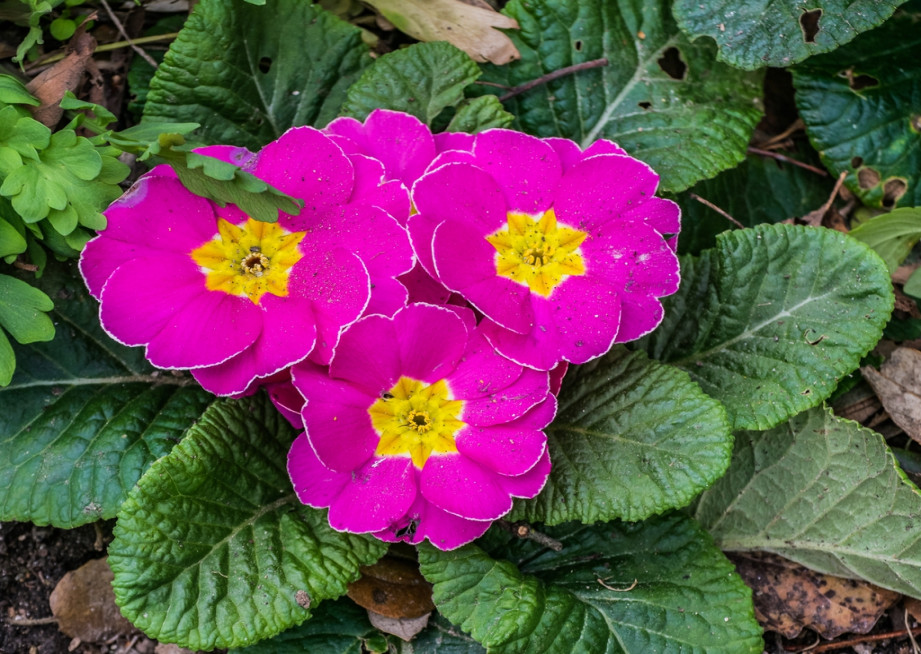Primula Plant: Everything You Need to Know
What do you mean by Primula Plant?
Primula plants, also known as primroses, are a popular and colorful perennial flower that come in a variety of shapes, sizes, and colors. They are known for their bright and cheerful blooms, which often appear in early spring, making them a welcome sight after a long winter. Primulas are easy to grow and care for, making them a favorite among gardeners of all skill levels.
How to Grow Primula Plant?

Primulas prefer cool, moist, and shady conditions, making them ideal for planting in areas with partial shade. They can be grown in containers or in the ground, and should be planted in well-draining soil rich in organic matter. Water regularly to keep the soil consistently moist, but be careful not to overwater as this can cause root rot.
What is known about Primula Plant?
Primulas are native to Europe, Asia, and North America, and have been cultivated for centuries for their beauty and medicinal properties. They are a versatile plant that can be used in a variety of ways, from adding color to your garden to being used in herbal remedies. Primulas are also a favorite of pollinators, attracting bees and butterflies with their nectar-rich blooms.
Solution for Common Problems with Primula Plant
If your primula plant is struggling, there are a few common problems to look out for. Yellowing leaves may indicate overwatering, while drooping leaves may mean the plant is not getting enough water. Powdery mildew is a common fungal disease that can affect primulas, especially in humid conditions. To prevent this, make sure your plants have good air circulation and avoid overhead watering.
Information about Different Varieties of Primula Plant
There are over 500 different species of primulas, each with its own unique characteristics. Some popular varieties include the Drumstick Primula, which has round clusters of flowers atop tall stems, and the Candelabra Primula, which features multiple tiers of brightly colored blooms. Primulas also come in a range of colors, from traditional pinks and purples to more unusual shades like blue and orange.
Conclusion
In conclusion, the Primula plant is a versatile and beautiful addition to any garden. With their bright blooms and easy care requirements, they are a great choice for both beginner and experienced gardeners. By following the tips in this article, you can enjoy the beauty of primulas in your own outdoor space.
FAQs
1. How often should I water my primula plant?
Primulas prefer consistently moist soil, so water whenever the top inch of soil feels dry to the touch. Be careful not to overwater, as this can cause root rot.
2. Can primulas be grown indoors?
Primulas can be grown indoors in a bright, cool location with plenty of indirect sunlight. Make sure to water regularly and provide good air circulation to prevent fungal diseases.
3. How long do primula plants bloom for?
Primulas typically bloom for 3-4 weeks in the spring, although some varieties may bloom longer. Deadhead faded flowers to encourage new blooms.
4. Are primulas toxic to pets?
Primulas are considered to be toxic to cats and dogs if ingested. Keep your pets away from primula plants to prevent any potential harm.
5. Can I divide my primula plants to create more plants?
Yes, primulas can be divided in the spring or fall to create new plants. Simply dig up the plant, divide the rootball into smaller sections, and replant in a new location.
